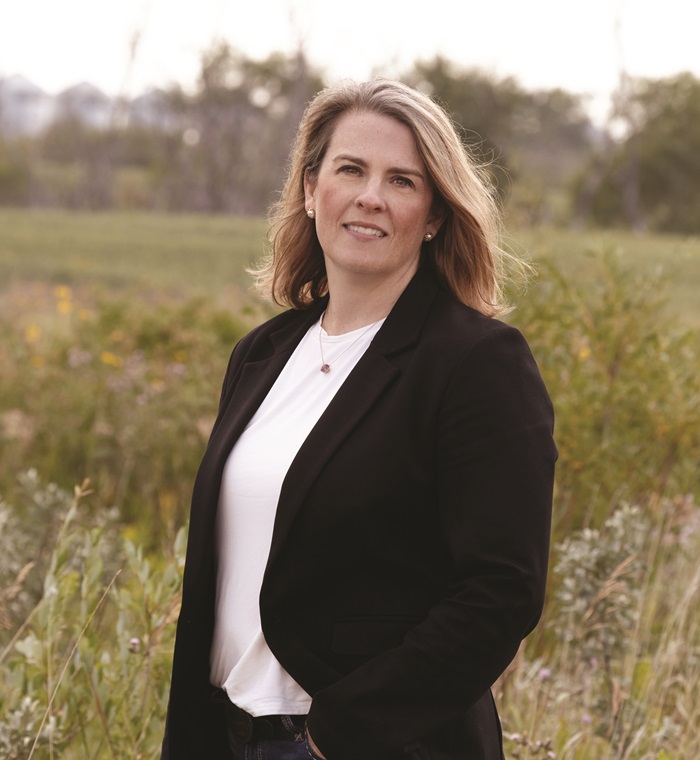Weighing debt options
CONVERSATIONS WITH BUSINESS EXPERTS

(J.M.) What do farmers need to know about today’s debt options?
(R.L.) Farm financing has become a lot more complex in recent years. The fluctuating economic environment, rising interest rates, variable commodity markets, and rising cost of input supplies are just a few factors affecting how farmers access and manage finances.
To keep it simple, let’s talk about short- and long-term debt options and how they can work within a farm’s financial plan.
Short-term debt is another word for working capital. These types of loans should be financed for less than 12 months and used to turn raw materials into investments to sell in the future, like inputs to get your crop in the ground or feed for livestock.
Long-term debt should be used for assets required to run your farm business, like land, equipment, or purchasing shares in a business. This can also be utilized in succession planning or, new to the list of uses, sustainability financing, like making long-term investments like solar panels, irrigation, converting the farm to organic, etc.
How has debt management changed?
The rise in interest rates in recent years has thrown another challenge into the financing and debt management matrix. Interest rates impact the efficiency and longevity of debt. Interest rates also have different implications on the types of debt — short-term debt is more sensitive to interest rates when compared to long-term financing. From an operations perspective, higher interest rates directly affect the payment amounts, requiring farmers to decide how to afford the payments and for how long.
The increasing complexity means farmers aren’t just making production-based decisions anymore; they must also be financial managers. Drastic economic changes in the past two years have amplified this ongoing challenge. Farmers need a strong financial understanding and decision-making skill set and support themselves with a team of informed and trusted advisors.
Can you offer any tips for evaluating debt options?
When weighing debt decisions and financial considerations on the farm, I recommend farmers ask themselves three questions to help identify any obstacles and find clarity in their decision.
- What is the long-term goal of my operation? Consider how the financing decision will support your business and help you achieve your goals and desires.
- Do I have all the information required to make an informed decision? Have you asked all the questions required to understand the implications of taking on debt? Have you considered the long-term effects of your decision on your tax structure, future interest rate adjustments, changes to commodity prices, weather variability, etc?
- Do I have the right team to help me make decisions today? Maybe you need to consult your advisors or add a new member of your farm advisory team to help you understand the implications
and navigate today’s challenging financial and farm business management environment.
Once you understand these key questions clearly, sit down with your advisory team to determine if a short or long-term debt approach is the best option for your desired outcomes.
Do you have any advice to help farmers prepare for debt discussions with their lenders?
Be prepared and know what you want. Understand what terms will work for your farm business structure, how debt will affect it and what you need to achieve your goals. Your lender will present terms and interest rates, but at the end of the day, a farmer owes it to themselves to advocate for themselves and their farm.
I always recommend farmers consult their advisors before meeting with a lender because it is important to understand how decisions can impact other aspects of the business, like tax planning, shareholder commitments or even succession.
Selecting the right lender is also important. Access to capital is relatively easy, but choosing the right financial partner that aligns with your farm business and future goals can be tough, especially during times of uncertainty. Find a lender who is as invested in the sustainability of your farm and agricultural industry as you are and one that will weather the transition of economic and commodity cycles with you. Your best success in managing debt is partnering with a lender aligned with your vision for your farm operation. •
























